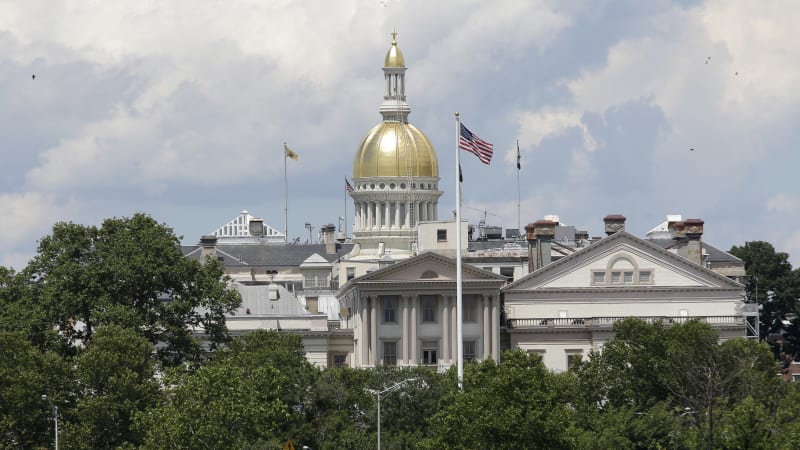
In 2021, Reuters reported that 12 state governors wrote to President Biden requesting he “back ending sales of new gasoline-powered vehicles by 2035.” Those states were California, Connecticut, Hawaii, Maine, Massachusetts, New Jersey, New Mexico, New York, North Carolina, Oregon, Rhode Island, and Washington. Four of those states have enacted their own legislation to head down that path, in addition to Maine, Vermont, and Virginia. New Jersey, the fifth state of that 2021 cohort, could become the next. Gov. Phil Murphy issued three executive orders, one of them adopting California’s Advanced Clean Cars II (ACCII) mandate that means 100% zero-emission car and light-duty truck sales from 2035.
The rules regarding vehicles come with additional decrees for the state and other energy applications. The governor wants 100% of state energy to come from clean sources by 2035, wants 400,000 homes and 20,000 commercial properties to have zero-carbon HVAC systems installed by then, and wants 10% of low-to-moderate income properties ready for electrification by 2030. The New Jersey Sierra Club said the 12-year timetable for the first two edicts scrubs 15 years off the state’s previous timeline for going zero carbon.
There are plenty of rules and refinements for New Jersey to make on the way to the target. At the moment, the base ACCII rules don’t outline what range and performance requirements an EV must provide to the customer come 2035. On California’s ACCII FAQ page, the answer to whether a zero-emission vehicle can “get me where I need to go” is an open-ended, “New battery electric vehicles typically have ranges above 200 miles which will meet most people’s day-to-day driving needs. If you need to go farther, public DC Fast chargers are becoming widely available throughout California and the United States.”
When Oregon adopted the rules, however, it included the specifics that pure-electric vehicles need to have at least 150 miles of real-world range on a charge, fast-charge capability, come standard with a charge cable at least 20 feet long that can handle Level 2 rates, and will need to satisfy “minimum warranty and durability requirements.” The major battery warranty Oregon stipulated match many advertised already, such as eight years of coverage or 100,000 miles, and 80% of capacity remaining at the end of that time. Plug-in hybrids will need to have an EPA-rated all-electric range of at least 50 miles as well as have “an extended warranty on emission related components for 15 years or 150,000 miles, and include similar charging capabilities, inlets, and charging cords as that of ZEVs.” And manufacturers must provide repair information and all necessary maintenance tools to non-dealer shops. The cherry on that cake looks after affordability for all incomes, noting that dealers who offer low-income assistance programs must get a supply of used EVs, and it provides incentives for manufacturer’s to help community car share programs acquire EVs.
Our guess is New Jersey will get around to similar clarifications as the deadline closes in, assuming the state stays the course. Part of the new measures includes “allocating $70 million towards lowering consumer upfront costs for medium- and heavy-duty EV adoption,” likely in the form of state incentives.
Source: https://www.autoblog.com/2023/02/28/new-jersey-internal-combustion-new-car-sales-ban-2035/


